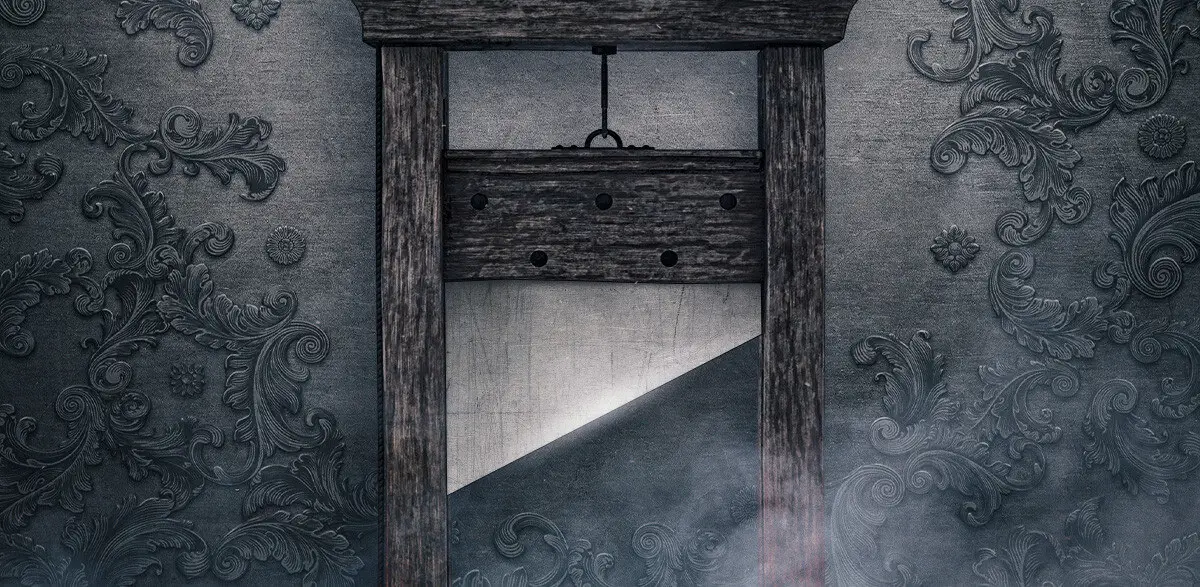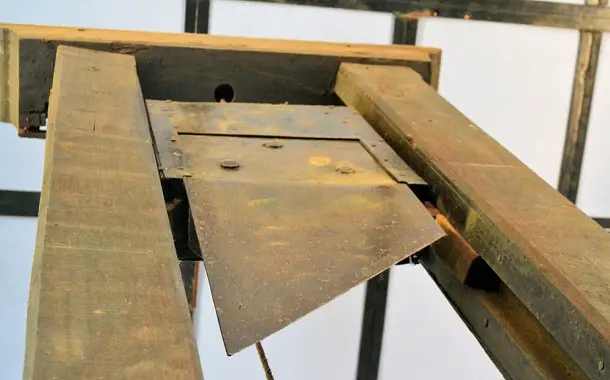How Much Does a Guillotine Cost?
Last Updated on December 29, 2023
Written by CPA Alec Pow | Content Reviewed by ![]() CFA Alexander Popinker
CFA Alexander Popinker
The “guillotine” is a device that became very popular during the 1790s and the French Revolution, although it is a lot older, being used for centuries, like most other machines used for executions.
For example, the English had the Halifax Gibbet, which was a sliding axe, used for the same type of executions from antiquity. A similar device, called “planke”, was used before in Flanders and Germany during the Middle Ages.
It is believed that the French guillotine was inspired by an earlier machine called “Scottish Maiden”, known for claiming the lives of over 120 people in just 2 centuries, and the “mannaia” from Renaissance-era Italy. Evidence also shows that primitive guillotines may have been in use in France long before the days of the French Revolution.
Nowadays, the French guillotine has been talked about more and more as people of lower classes, as well as those believing in an unfair disparity between classes, try to figure out ways of leveling out the playing field.
How Much Does a Guillotine Cost?
A real, working, sturdy, French guillotine costs anywhere between $500 and $20,000 or more, depending on several factors like whether you buy it or you build it yourself, the materials used to make it, its age, as well as whether it is a real, working piece of history, a replica, or a new item altogether.
For example, the BoisdeJustice.com website sells French guillotines for prices that start at around $500.00 for a 1792 revolutionary model. The finished pieces are numbered and signed before being shipped together with detailed instructions to assemble them and a brief History of the guillotine. According to the same website, these Guillotines can be built from a variety of wood types, including teak, maple, mahogany, rosewood, and oak.
If you’re looking to build your own guillotine instead, you should be ready to spend around $1,200, according to Vice. For this cost, you should be able to get both the lumber and the needed hardware tools included.
If you want to give it a nice color, you should consider the cost of the paint. Also, you will probably have to spend additionally for things like a basket to catch the head and a pad for the chopping bed. If you have no experience with building execution machines, then you can surely find a couple of YouTube tutorials with step-by-step instructions.
Looking for a piece of history instead? Some luxury auction houses offer guillotines from time to time, but these are far from cheap. For example, the guillotine known to be the last one used for an execution in France more than five decades ago, was sold at an auction for $9,355, according to NPR. It was a 150-year-old replica of the device used in The Terror, following the French Revolution.
You might also like our article on the cost of renting a wood chipper.
This was a 10 feet high guillotine and it had a few dents on the blade, even though it was never used for executions, according to the Drouot auction house.

Materials needed to build a French guillotine
You will need hard wood for the big majority of the pieces of a guillotine, including the lunette, which is the device that should hold the head, the bascule, which is the bench that would support the body, the crossbar, the posts, platform, and the déclic for the rope. The metal weight to which you would attach the blade is called the mouton.
Using this extra weight, you’d get a clean, swift cut, as long as the blade was sharp enough. The blade should be made of steel, while the rope should resist heavy loads. This device is made to have leather straps, used in the past to restrain the victim around the arms and keep them on the bench. When an execution used to be successful, the head would fall in a leather basket or a leather bag, so for accuracy, you should consider getting those as well.
Guillotine design history
Throughout its history, the guillotine has seen very few design changes, so it seems that its creators nailed it from the start. One of the most important changes was the adaptation of the weight and size of the machine, making it easier to be drawn by a horse so that it was portable when it needed to be moved.
The moveable guillotine was lighter and mounted on a horse-drawn cart also made of wood, with wooden wheels that were strapped with iron. When the guillotine had to be used, it was kept motionless by wood braces that were attached to the wheels.
A more humane method of execution
The French guillotine was invented as a gentler method of execution, in late 1789. It was then that Dr. Joseph-Ignace Guillotin proposed the adaptation of this machine. Guillotin was against capital punishment but argued that if this is necessary, it would be more humane when done by a lightning-quick machine, as opposed to the usage of an axe or sword.
He then oversaw the development of the first guillotine prototype, a machine that looked very imposing, designed by Antoine Louis, that was built by German harpsichord maker Tobias Schmidt.
After claiming its first victim in April 1792, this device was named the “guillotine”, to the horror of the person that was completely against capital punishment, Guillotin. He even tried to distance himself from the machine once it gained popularity. His family even tried to petition the French government to change the name of the device but to no success.



Leave a Reply
Want to join the discussion?Feel free to contribute!